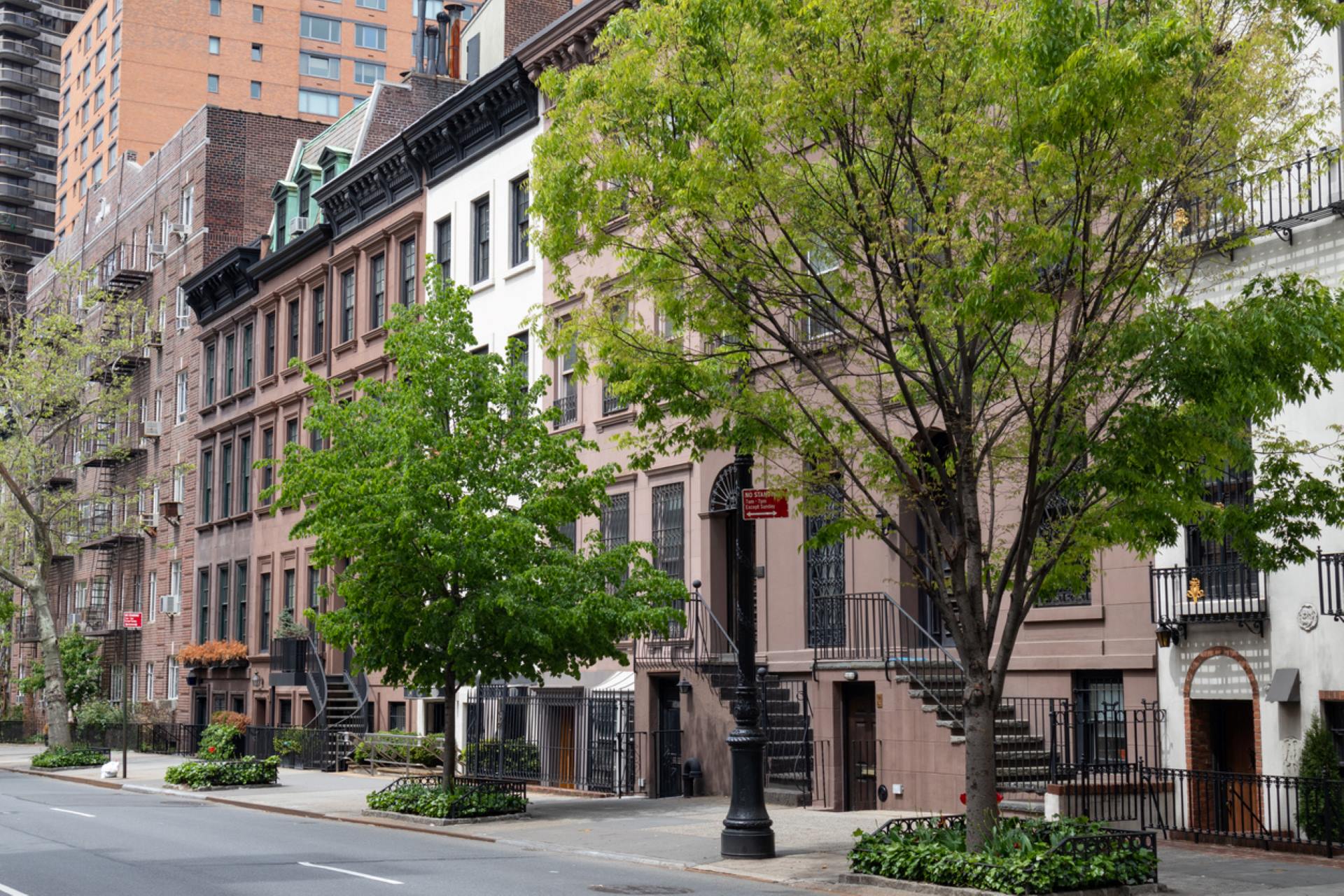New York City recently passed measures aiming for 30% tree canopy cover by 2035, intending to plant up to 250,000 new trees. Tools like Tree Folio NYC help planners in optimizing tree placement and species selection, focusing on areas with social vulnerability.
"It's about not just planting more trees, but the right tree in the right spot," said Alexander Kobald, a researcher at Cornell University, in an interview with The Guardian.
It is a clear win for the NYC environmental movement. More trees in urban areas help improve air quality by absorbing pollutants and releasing oxygen, creating a healthier environment for residents. Additionally, trees can boost immunity, decrease stress and blood pressure, enhance mood, and make the air cleaner for children who suffer from asthma.
Efforts involve navigating urban limitations and built environments to plant more trees while considering local needs, with new laws mandating an urban forest plan and regular monitoring using advanced technology.
However, housing disparities still exist, with communities of color having significantly less tree cover, leading to urban heat islands and health risks, especially during heat waves.
Trees provide shade, lowering temperatures and making cities more comfortable during hot seasons. Additionally, trees enhance the aesthetic appeal of urban landscapes, potentially promoting mental health and fostering a sense of community connection.
However, due to the urban environments, the trees have a shorter lifespan. The average lifespan of a street tree is 19-28 years because of factors such as exposure to pet urine and salt from the street. A similar tree in more rural conditions can typically live up to 300-400 years.
"Our model is able to measure canopy coverage using newer lidar data than existing canopy coverage maps and measure the size and volume of individual canopies, making it easier to see where healthy trees are located and where existing canopies are lacking," said Kobald. If Tree Folio NYC succeeds in optimizing tree placement, it could be a helpful blueprint for other cities to mitigate the effects of Earth's rising temperature.
Join our free newsletter for cool news and actionable info that makes it easy to help yourself while helping the planet.









